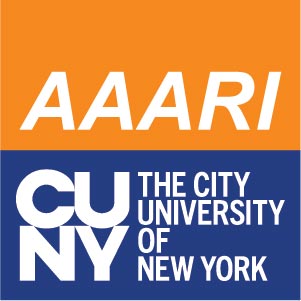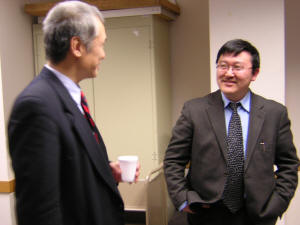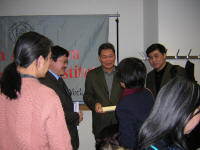Since the early 20th century, Chinggis Khan has become an object of desire and repulsion to many nations and individuals in the world. He has been identified by the Japanese as the 13th-century tragic hero Minamoto Yoshitsune, and recognized by the Chinese as ‘the only Chinese who has ever defeated the Europeans’. His virtue and vice are equally captivating, as exemplified by the designations ‘Chinggis Khan’s Mongolia’, or ‘Genghis Bush’, a nick-name for American president George W. Bush acquired in 2003 as a result of his decision to invade Iraq.
In this presentation, I explore the transnational transfiguration of Chinggis Khan through the mimetic appropriation or disavowal of Chinggis Khan by Japan, China, Russia, and Mongolia in the long 20th century. I argue that Chinggis Khan has now become the fantasy structure, the scenario, through which each of the nations involved here perceives or defines itself as a meaningful entity. His value as a national and racial signifier derives not only from local or national setting and dynamics, but more importantly from a wider racial, ideological and historical context.



